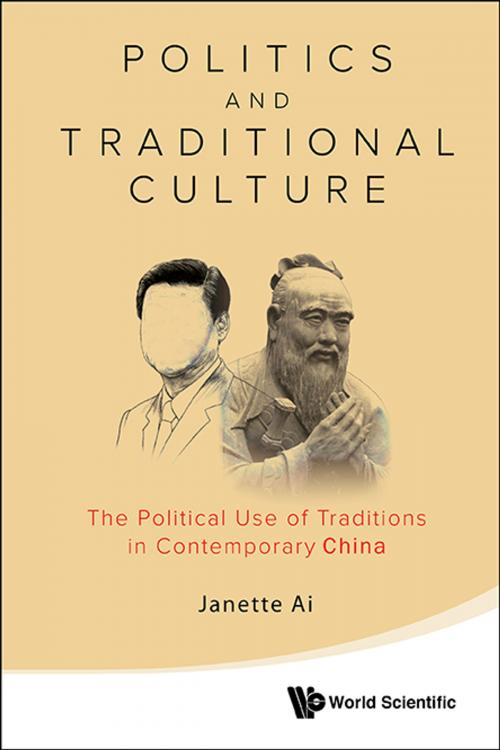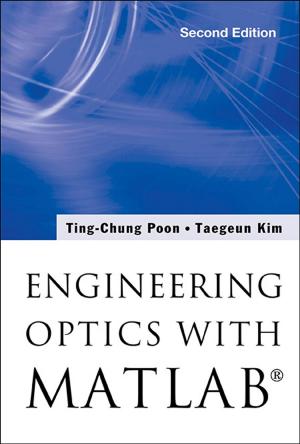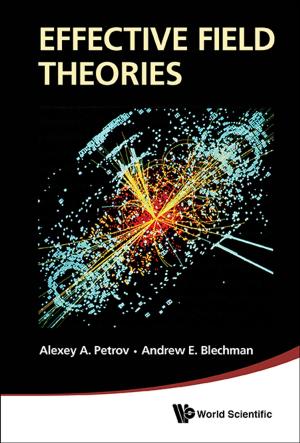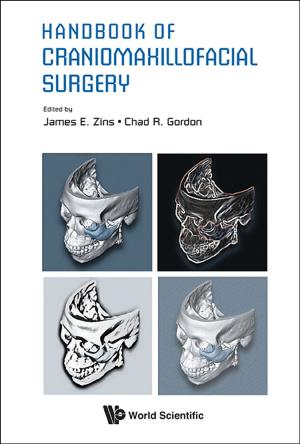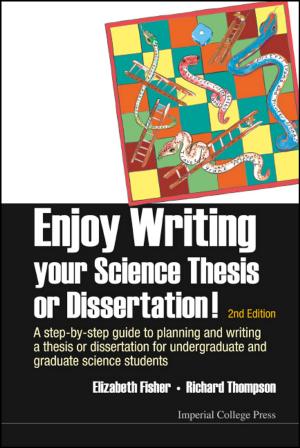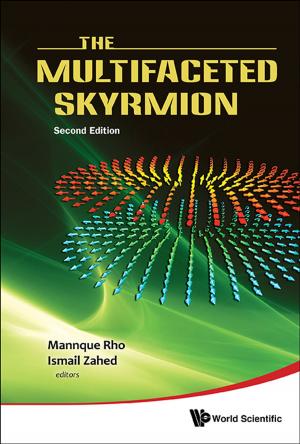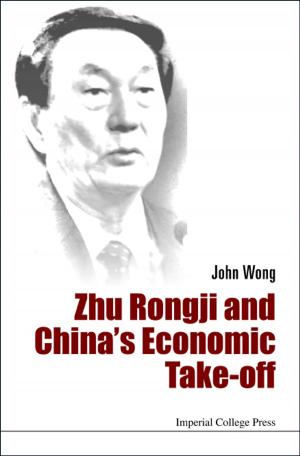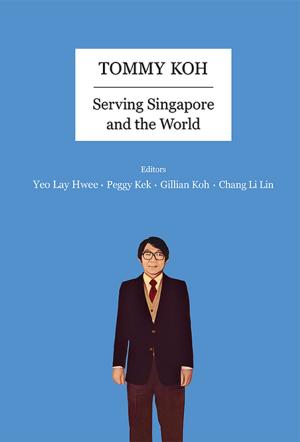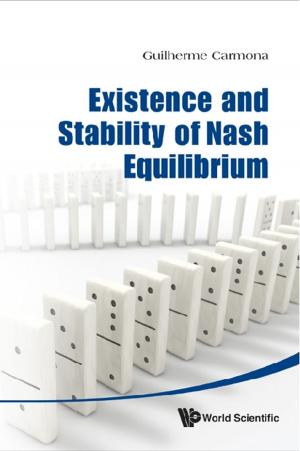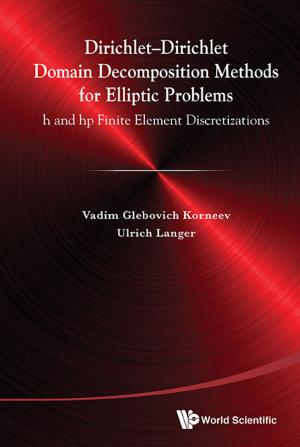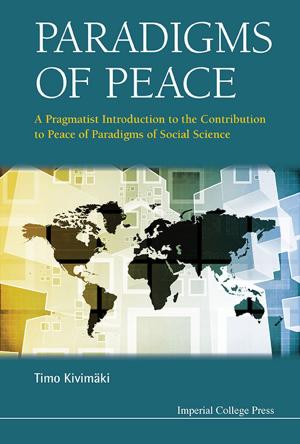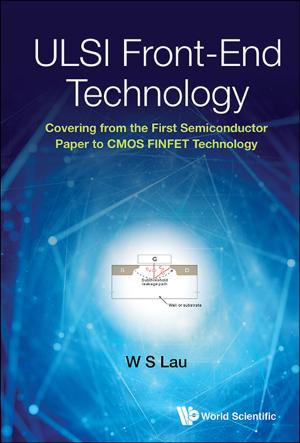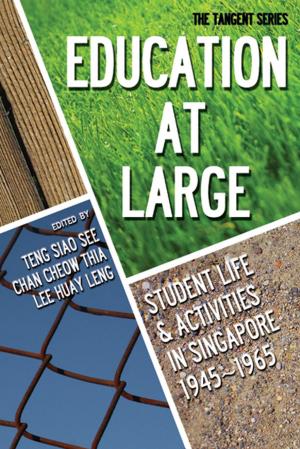Politics and Traditional Culture
The Political Use of Traditions in Contemporary China
Nonfiction, Social & Cultural Studies, Political Science, International| Author: | Janette Ai | ISBN: | 9789814596770 |
| Publisher: | World Scientific Publishing Company | Publication: | September 19, 2014 |
| Imprint: | WSPC | Language: | English |
| Author: | Janette Ai |
| ISBN: | 9789814596770 |
| Publisher: | World Scientific Publishing Company |
| Publication: | September 19, 2014 |
| Imprint: | WSPC |
| Language: | English |
This book examines the political use of China's traditions by the party-state in contemporary China. It argues that the party-state has taken an official Marxist stance in terms of the political use of tradition. Besides looking at the official Marxist stance, this book also looks at critiques of the party-state's use of traditions by the Liberalists and Neo-traditionalists. The underlying political ideologies of these three camps are Marxism, Liberalism and Neo-traditionalism. These three political ideologies have been the most influential in Chinese politics since the Republican Revolution in 1911. The contemporary political use of China's traditions is a competition between Marxism, Liberalism and Neo-traditionalism. This competition is critical to the future of Chinese politics.
This book also examines three cases, representing identical ways of the political use of traditions. The three cases are the children's reading-of-the-classics movement, the construction of a Chinese Cultural Symbolic City, the construction and subsequent removal of a statue of Confucius in and from Tiananmen Square, and the revision of the official list of public holidays. The study of the three cases attempts to shed light on the three ways Chinese traditions have been used politically by the party-state. It also attempts to explore the reasons for the party's use of Chinese traditions, the reasons for the party's scepticism with regard to using Chinese traditions, and more importantly, the competition and/or cooperation between Marxists, Liberalists and Neo-traditionalists.
Contents:
-
Frameworks and Theories:
- China's Traditions and Chinese Modernity: The Political Use of China's Traditions
-
A History of the Political Use of China's Traditions:
- The Confucians' and the Early Marxists' Use of China's Traditions from 1911 to 1978
- The Official Marxists' Use of China's Traditions Since 1978
-
The Case Studies:
- Official Marxists, Liberalists and Neo-Traditionalists: The Children's Reading-of-the-Classics Movement
- Official Marxists vs Neo-Traditionalists: The Story of a Cultural Symbolic City and the Vanishing Statue of Confucius
- Official Marxists' Use of China's Traditions: The Revision of the Official List of Public Holidays
Readership: Academics, Professionals, undergraduate and graduate students interested in Chinese politics, Chinese traditional culture and political use of China's traditions in contemporary China.
Key Features:
- Examines the political use of China's traditions by the party-state in contemporary China
- Looks at critiques of the party-state's use of traditions by the Liberalists and Neo-traditionalists
This book examines the political use of China's traditions by the party-state in contemporary China. It argues that the party-state has taken an official Marxist stance in terms of the political use of tradition. Besides looking at the official Marxist stance, this book also looks at critiques of the party-state's use of traditions by the Liberalists and Neo-traditionalists. The underlying political ideologies of these three camps are Marxism, Liberalism and Neo-traditionalism. These three political ideologies have been the most influential in Chinese politics since the Republican Revolution in 1911. The contemporary political use of China's traditions is a competition between Marxism, Liberalism and Neo-traditionalism. This competition is critical to the future of Chinese politics.
This book also examines three cases, representing identical ways of the political use of traditions. The three cases are the children's reading-of-the-classics movement, the construction of a Chinese Cultural Symbolic City, the construction and subsequent removal of a statue of Confucius in and from Tiananmen Square, and the revision of the official list of public holidays. The study of the three cases attempts to shed light on the three ways Chinese traditions have been used politically by the party-state. It also attempts to explore the reasons for the party's use of Chinese traditions, the reasons for the party's scepticism with regard to using Chinese traditions, and more importantly, the competition and/or cooperation between Marxists, Liberalists and Neo-traditionalists.
Contents:
-
Frameworks and Theories:
- China's Traditions and Chinese Modernity: The Political Use of China's Traditions
-
A History of the Political Use of China's Traditions:
- The Confucians' and the Early Marxists' Use of China's Traditions from 1911 to 1978
- The Official Marxists' Use of China's Traditions Since 1978
-
The Case Studies:
- Official Marxists, Liberalists and Neo-Traditionalists: The Children's Reading-of-the-Classics Movement
- Official Marxists vs Neo-Traditionalists: The Story of a Cultural Symbolic City and the Vanishing Statue of Confucius
- Official Marxists' Use of China's Traditions: The Revision of the Official List of Public Holidays
Readership: Academics, Professionals, undergraduate and graduate students interested in Chinese politics, Chinese traditional culture and political use of China's traditions in contemporary China.
Key Features:
- Examines the political use of China's traditions by the party-state in contemporary China
- Looks at critiques of the party-state's use of traditions by the Liberalists and Neo-traditionalists
